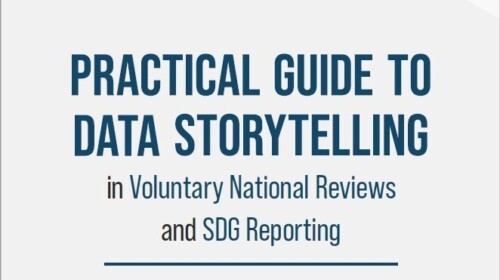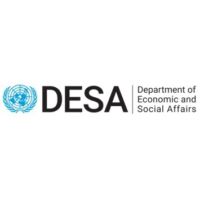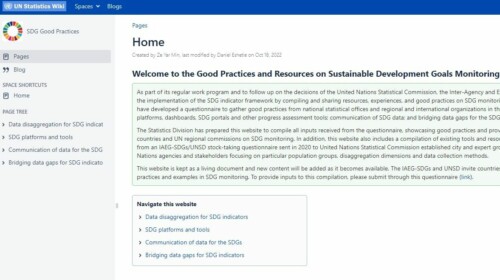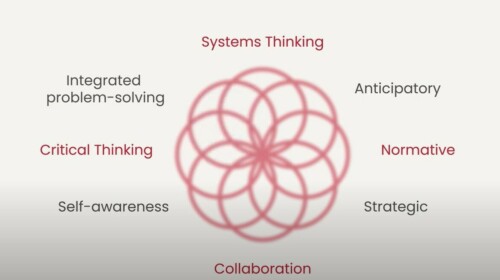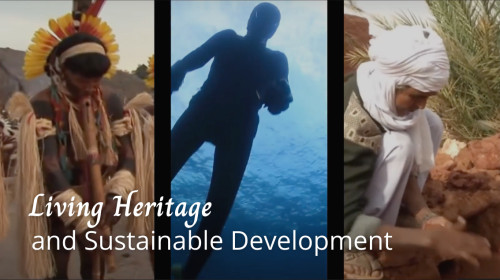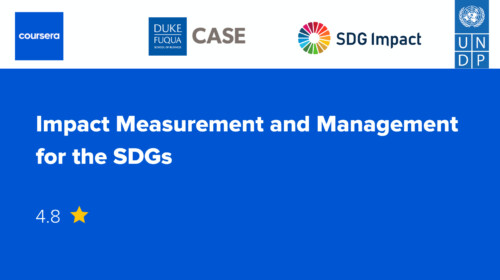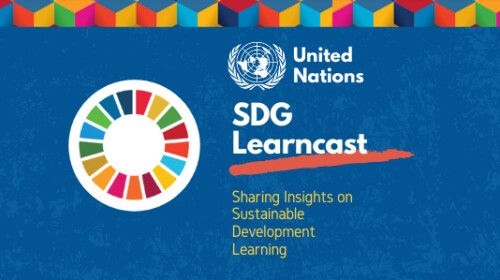Voluntary National Reviews (VNRs) provide a snapshot of the progress made by countries in reaching the Sustainable Development Goals (SDGs) and also aim to facilitate the sharing of experiences, including successes, challenges and lessons learned of SDG progress, with a view to accelerating the implementation of the 2030 Agenda.
VNRs and SDG reporting should be centered around data, meaning the preparers of VNRs and SDG materials need to collect, analyze, and decipher a large amount of data. They also need to communicate their findings from the data to a broad audience that has varying levels of data literary—from rudimentary to mastery, as well as a myriad of interests in the data and findings.
Statisticians and data scientists are typically skilled in data analysis and interpretation, yet many are not equally fluent in communicating their findings in a way that is not only informative but also engaging.
Having recognized the challenge that individuals and institutions that oversee or conduct VNRs and SDG reporting are facing in getting data messages across, the United Nations Statistics Division (UNSD) prepared the Practical Guide to Data Storytelling in Voluntary National Reviews and SDG reporting, to help countries and national statistics offices better tell data stories for their audience.

